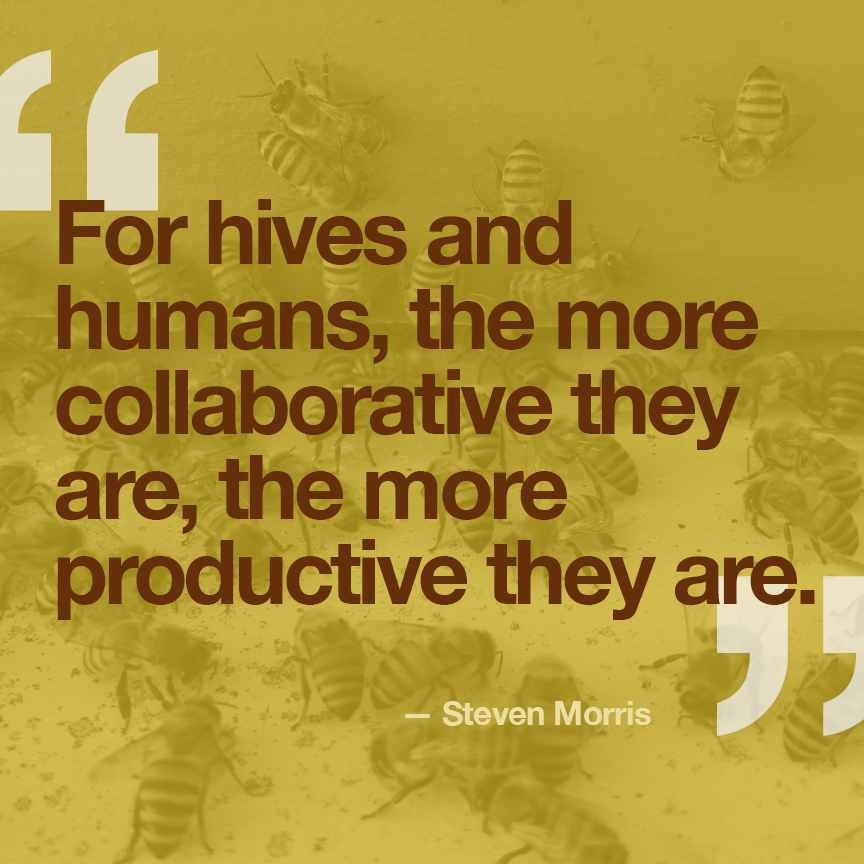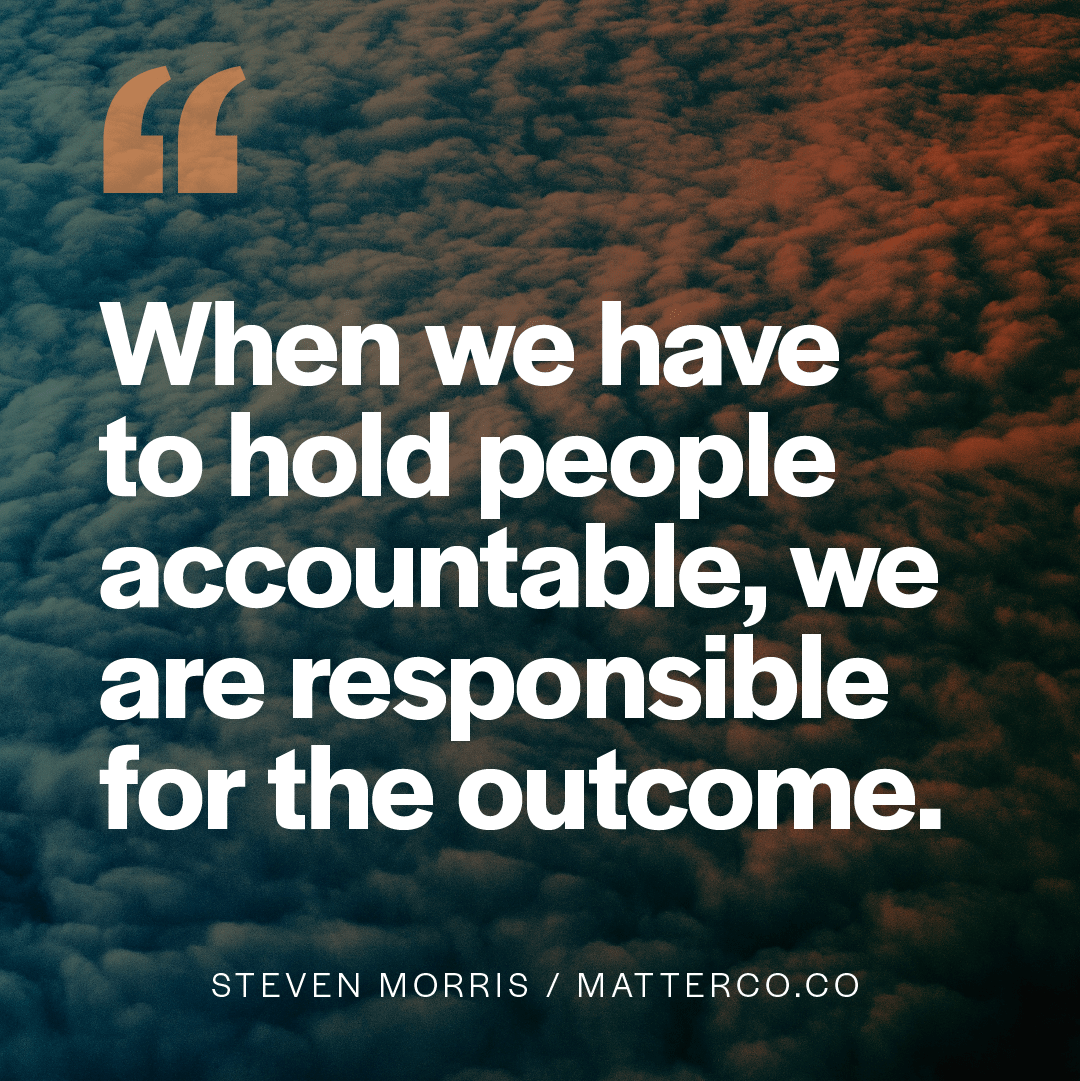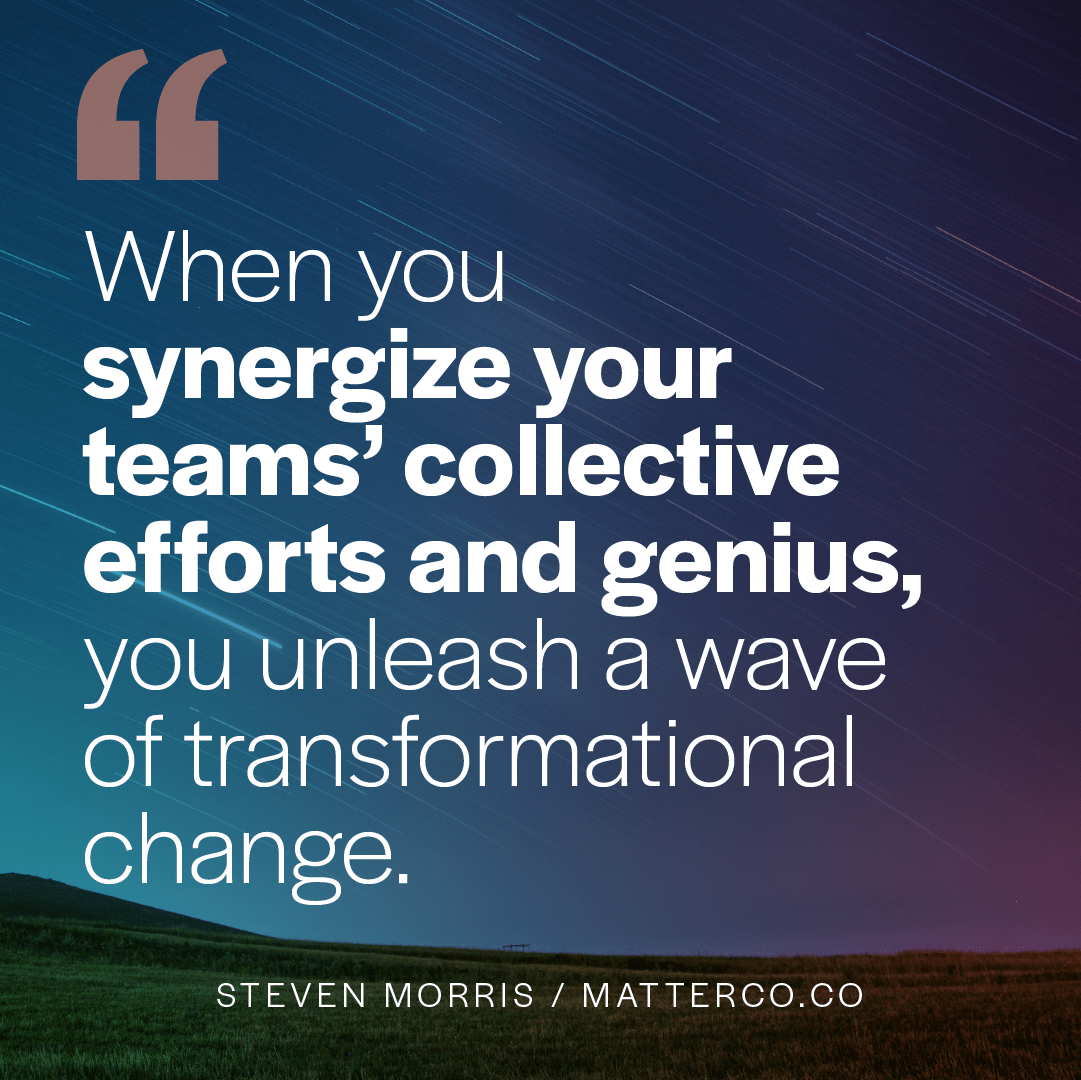
Bees and Your Business.
What honeybees can teach us about business.
I’m a novice apiarist—AKA a beekeeper. For the past several years, I’ve been tending hives, and I’m gradually learning about this practice and tradition that goes back to Egyptian times and beyond.
I got into beekeeping because I wanted to help the plight of the honey bee for both pollination and declining population (due to pesticide use) reasons. And our human and planetary health needs these pollinators to survive. But, what I’ve learned goes well beyond merely how to care for these amazing creatures, and these learnings can be applied to benefit your culture and business.
Each bee in the hive has a role, and each role adds value to the collective hive. Depending on the situation or event, a specific role may add more value than another, especially to the survival of the hive.
When it comes to the art of “foraging,” honeybees embark on a remarkable quest encompassing a diverse set of tasks. They diligently set out to collect nectar and pollen, scavenge for resinous substances to create hive glue, procure vital water supplies, and, last but not least, stand as vigilant guardians of their precious hive.
Within the bustling confines of the hive, every bee assumes a distinct role, contributing its unique value to the collective enterprise. Depending on the circumstances or unfolding events, certain roles may hold greater significance than others, especially when it comes to the hive’s survival. The strength of the hive lies in the unwavering dedication of each bee to its designated role, impeccably executed.
The hive stands as a bastion of fortitude, so much so that its bountiful honey production becomes a magnet, attracting marauding robber bees from feeble neighboring hives. Faced with this imminent threat, a multitude of the hive’s 30,000-plus inhabitants instantaneously adapt, shifting their roles to become defenders, relentlessly combating the invaders on the ground, in the air, and even within the sanctum of the hive itself.
As leaders in the realm of business, there exists wisdom in observing the harmonious workings of these remarkable insects as they triumph together amidst moments of intense pressure. Each bee possesses the versatility to undertake multiple roles, yet they remain in perfect alignment, seemingly imbued with an instinctual understanding of what holds utmost importance.
Their exceptional ability to prioritize the most crucial tasks, regardless of the circumstances, serves as a testament to their extraordinary efficiency. There are many lessons for us, reminding us of the significance of unity and the art of effective prioritization and creativity during good times and times of great strain.
Some lessons learned from the culture of bees:
- As above, so below. In the bee world, the queen rules the hive. She sets the tone for the collective, leads all growth, productivity, and production, and even decides when it’s time to swam (the act of leaving the hive to find another home or location). If she is a happy, healthy, engaged queen, the colony follows suit. It’s a mistake to think of the queen as the most important member of the hive; it’s simply the role she serves as most important. Queens can be replace, but the role cannot. However, if she is agitated, nasty, or unhealthy, the hive will follow that temperament. When this happens, chaos ensues. While this can sometimes be a good thing because queens get replaced, it’s a delicate time for the survival of the hive. Some of the most susceptible times are when a colony is replacing its queen. Some hives survive, and some don’t. See the “queen” as your core leadership team, which defines reality and sets the vision, strategy, and tone for the rest of the hive.
- Know your role and do your job. There are lots of roles in the hive: the queen bee, drones, collectors, checkers, etc. Each bee needs to know and do their role. When they don’t the colony suffers, and the unproductive bee is usually ousted. While everyone has a role, knows their role, and does their role, they also help out in any other way that the collective needs when the hive needs it. Their role is not their job. Their job is to ensure that hive thrives. Every hive member looks out for what’s best for the collective hive—and they do their role.
- Misbehavior is not tolerated. If a bee, in any role, including the queen is not doing their job, the hive turns on them, corrects their behavior or pushes them out the door. An extreme example of this is when drone bees lose their ability to incubate eggs; they are unceremoniously removed from the hive. There’s no room in the colony for those who don’t contribute.
- Greet everyone at the door. A particular role within the hive is what’s called “greeters” or “checkers.” These bees inspect returning bees from the outside habitat for diseases, mites, or other potential invaders. They can also read where the bee has been and get a sense of the environment, like where nectar can be found, the change of weather, and seasons. Checkers have a read on what’s happening outside the hive and ensure that the right bees are coming into the hive healthily. And I’ve noticed that checkers are like greeters; they welcome the bees from the outside world back into the collective. They seem to clean them, nurture them, and welcome them. Imagine what role that might play in your organization.
- Constant collection. The role of many of the bees in the hive is to collect nectar and return it to the colony for production into honey and wax. Honey feeds the bees. Wax creates the foundation for their home, including their meticulous and perfectly shaped cone. In the cone, each precisely the same size and shape, they lay and incubate eggs, store and cap honey, and feed. To feed the hive and keep it growing, constant nectar collection needs to take place. All bees continuously look out for the health and future of the collective.
- Chaos is part of the evolution. Hives go through transitions and change. Queen bees that have gone beyond their productive time are replaced. The colony goes through growth spurts, seasonality changes, and swarming. They pull together to prepare for hard times by storing honey. These are all-natural shifts in the world of hives. The bees adapt and collaborate in the chaos that comes from changes.
- The pheromone factor. When a bee stings a predator or invader, for instance, it sends out sting pheromones, which alerts other bees to attack the identified weak spot. I know this from the experience of getting stung on my ankle, through my socks. Right after the sting, dozens of bees went after the same spot. Just like humans, bees sense things. The energy that’s given out is amplified. Just because it isn’t said, that doesn’t mean it’s not picked up on. Pheromones as send more informational signals to the hive members. You might think of pheromones as the lived value system that exists within your culture. Signaling values or pheromones is one of the hive’s most vital communication tools.
- Healthy + adaptivity + collaboration = productivity. When a hive is healthy, it manages chaos and deals well with change. It adapts to internal and external forces and continues to collaborate to ensure the hive is productive.
For instance, if two queens are fighting for leadership of the hive, the collective is not populating nor making honey. The ability to be productive is dependent on each doing their role and the collective making changes (aka adapting) when needed.
When hive health is in place, the opportunity for more collaboration takes place, which leads to greater productivity. For hives and humans, the more collaborative they are, the more productive they are.
Bees not only work together to achieve a common goal but, in the process, create a highly coordinated, efficient, creative, and remarkably productive organization. The honeybee hive is a dynamic and adaptive system, able to withstand a wide variety of effects and changes inside and outside the hive.
Venturing beyond the realm of the honeybee in search of guidance can kindle actions that bear not only effectiveness and adaptability but also great productivity. As tenants of the natural world, we must acknowledge our place within it, nurturing a sense of humility and wonder that kindles authentic innovation and independent thinking.
Over the long term, the adaptative ability of the hive becomes evolution itself. No species evolves in isolation, which speaks to the dynamic creativity and productivity of the hive to adapt and flourish over time.
I work with brands, leaders, teams, and bees to ensure they are healthy and productive, and doing good for the world.
If you want a more trusting team, a culture of belonging or a magnetic brand that attracts more of the right customers, I can help. If you'd like to explore if working together makes sense, drop me a line.







